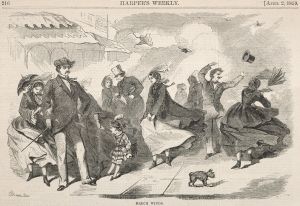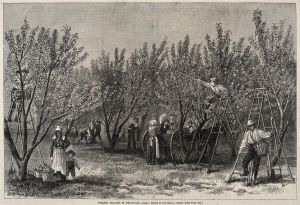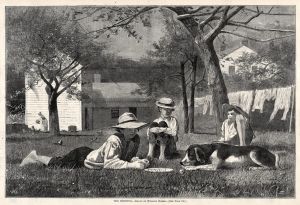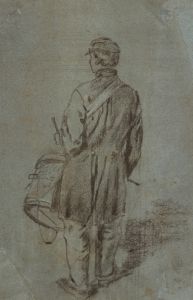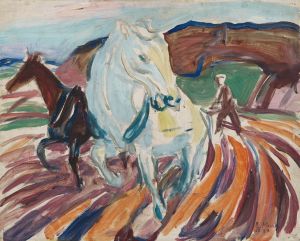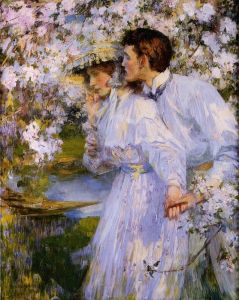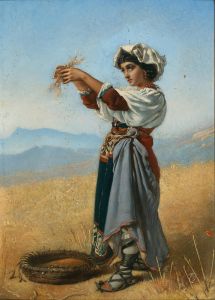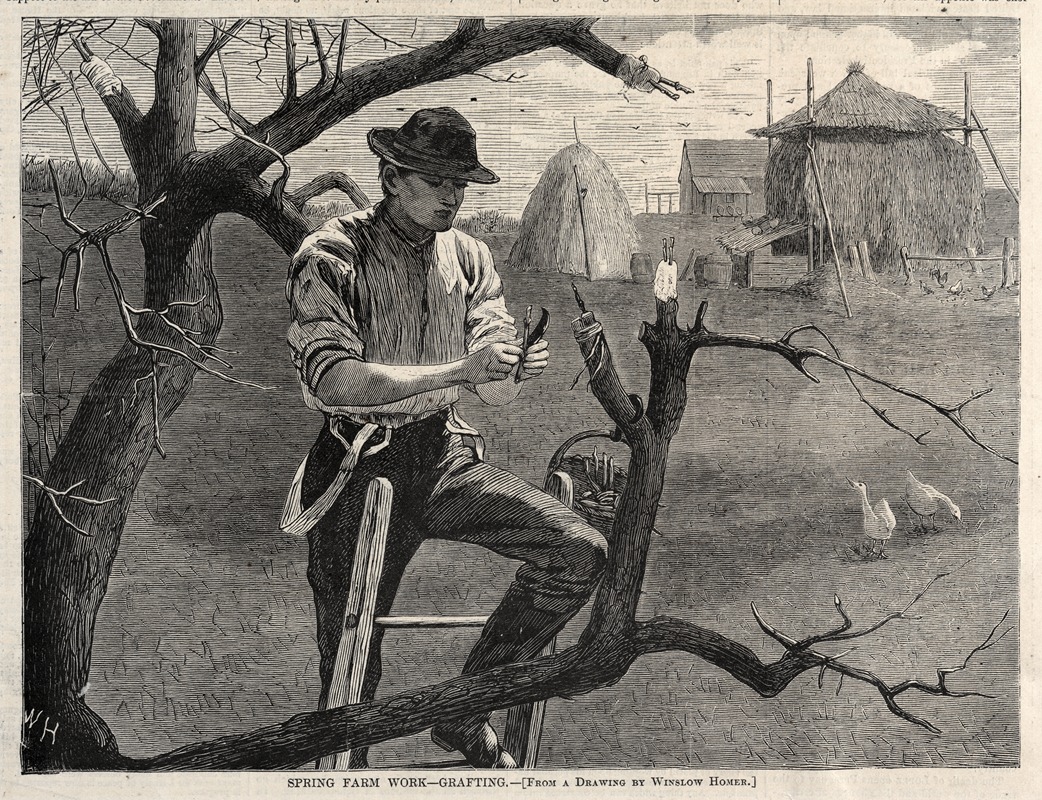
Spring Farm Work – Grafting
A hand-painted replica of Winslow Homer’s masterpiece Spring Farm Work – Grafting, meticulously crafted by professional artists to capture the true essence of the original. Each piece is created with museum-quality canvas and rare mineral pigments, carefully painted by experienced artists with delicate brushstrokes and rich, layered colors to perfectly recreate the texture of the original artwork. Unlike machine-printed reproductions, this hand-painted version brings the painting to life, infused with the artist’s emotions and skill in every stroke. Whether for personal collection or home decoration, it instantly elevates the artistic atmosphere of any space.
Winslow Homer, an influential American artist, is renowned for his contributions to the field of art, particularly through his realistic and vivid depictions of American life. One of his notable works is "Spring Farm Work – Grafting," which exemplifies his keen observation and ability to capture the essence of rural America during the 19th century.
"Spring Farm Work – Grafting" is an oil painting created by Homer in 1874. This artwork is part of a series of paintings and illustrations that Homer produced, focusing on agricultural themes and the everyday lives of people engaged in farming activities. During this period, Homer was deeply interested in the changing American landscape and the lives of ordinary people, which is reflected in his choice of subject matter.
The painting depicts a scene of grafting, a horticultural technique used to join parts from two plants so that they grow as one. This method is commonly used in agriculture to propagate fruit trees and other plants. In the painting, Homer illustrates a group of workers engaged in this task, highlighting the labor-intensive nature of farm work during the spring season. The composition is carefully arranged to draw attention to the workers' activities, emphasizing their skill and dedication.
Homer's use of color and light in "Spring Farm Work – Grafting" is notable. He employs a naturalistic palette that captures the freshness and vitality of the spring season. The interplay of light and shadow adds depth to the scene, creating a sense of realism and immediacy. Homer's attention to detail is evident in the way he renders the figures and their surroundings, providing a glimpse into the agricultural practices of the time.
This painting is significant not only for its artistic qualities but also for its historical context. During the 19th century, America was undergoing significant changes, with industrialization and urbanization transforming the landscape. Homer's work serves as a reminder of the agrarian roots of American society and the importance of agriculture in the nation's development. By focusing on rural themes, Homer contributed to a broader understanding of American identity and the diverse experiences of its people.
"Spring Farm Work – Grafting" is part of Homer's broader oeuvre, which includes both paintings and illustrations. His work was widely published in magazines such as Harper's Weekly, where he gained recognition for his ability to capture the spirit of American life. Homer's art continues to be celebrated for its technical skill, emotional depth, and historical significance.
In summary, "Spring Farm Work – Grafting" by Winslow Homer is a testament to the artist's talent and his dedication to portraying the realities of 19th-century American life. Through his depiction of agricultural labor, Homer not only highlights the beauty of the natural world but also underscores the cultural and historical importance of farming in America. His work remains an enduring part of American art history, appreciated for its insight and artistry.









